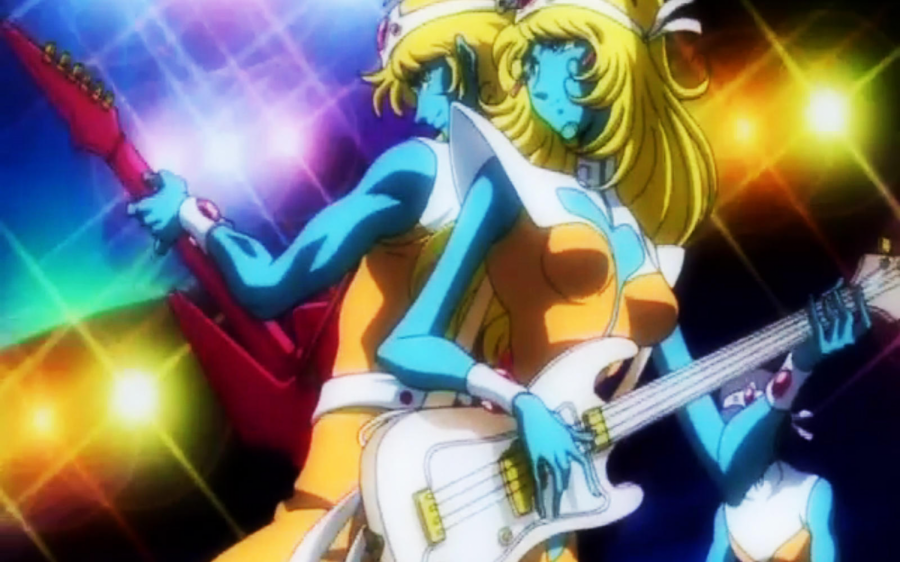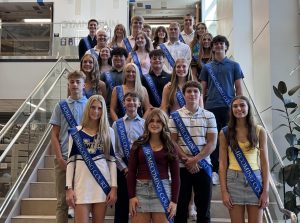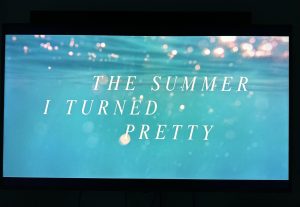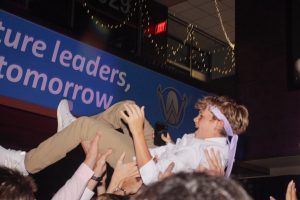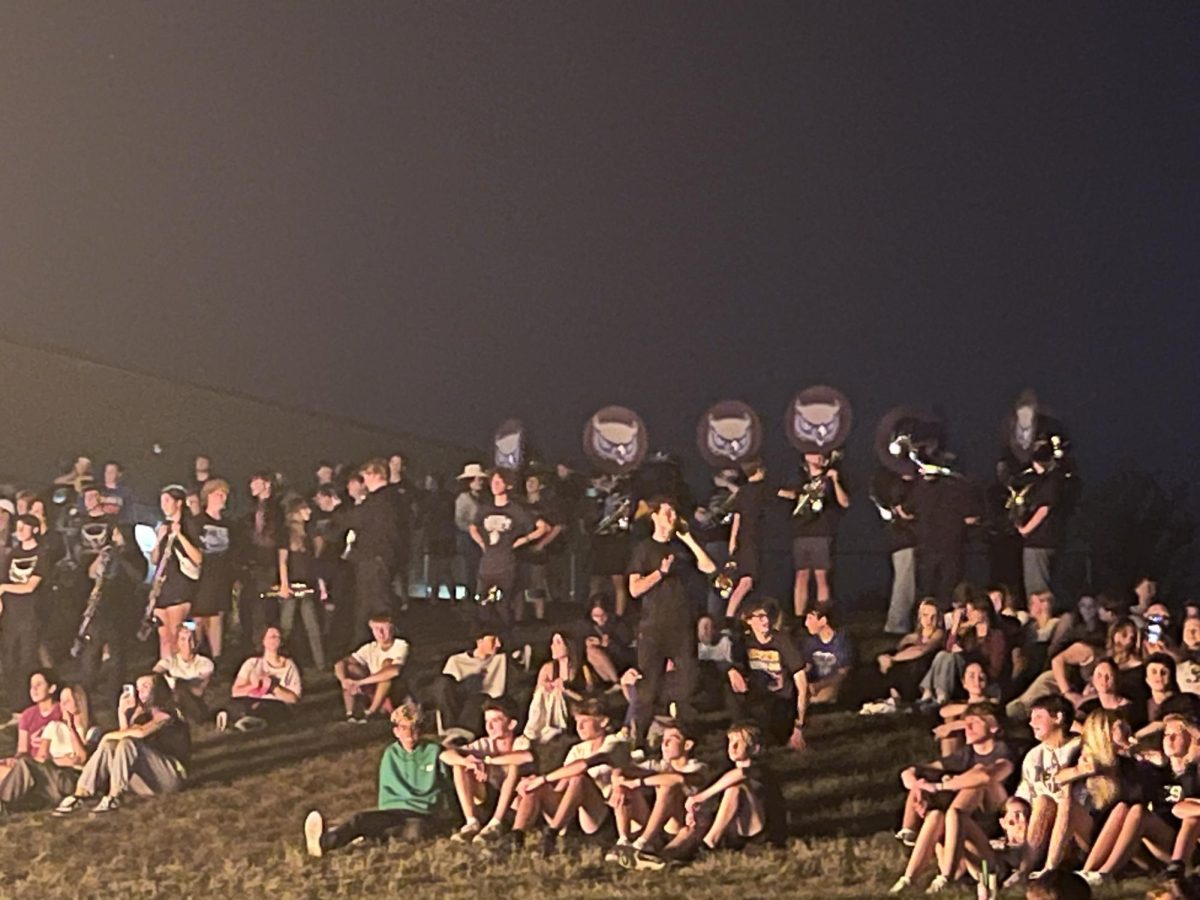“Interstella 5555”: A Lesser Known Wonder that Shockingly Delights
April 29, 2021
In light of Daft Punk breaking up after 28 years of post-disco, electronic glory, I want to go back to 2003 in an attempt to analyze and bring light to the release of Daft Punk’s animated movie: “Interstella 5555: The 5tory of the 5ecret 5tar 5ystem.”
The movie follows the misadventures of a groovy group of humanoid, music-making aliens, who are later in the movie named the Crescendolls, who get captured and brought back to Earth by an immortal wizard. In a Fantasia-esque way, the movie is set to the sound of Daft Punk’s sophomore album, “Discovery,” with no dialogue other than the lyrics in the songs. The Crescendolls are made up of Stella, she plays bass; Arpegius, the guitarist; Baryl, who bangs drums like no one else can in the film; and Octave, who plays the keyboard and is the vocalist for the group. Together they make up the Crescendolls who, once captured and brainwashed by the immortal wizard Earl de Darkwood, are thrown into the pits of record-label hell and international stardom from their wildly successful hit single “One More Time.” (This also happens to be the name of the lead single off of the Discovery album and the first song played in the movie.)
The film is a dazzling, fast-paced and flashy fever dream, lasting a little over an hour: clocking in at a runtime of just 65 minutes. Drawing creativity from the ‘70s and ‘80s style of anime, the characters in the film are mostly seen with big eyes and long, slender bodies that give homage to their roots from the older art style that was popular at the time.
The inspirations behind the animated film came from Daft Punk’s memories of watching anime as kids growing up in the 70s and their desire to have a visual to go alongside the album. The two members of the group, Thomas Bangalter and Guy-Manuel de Homem-Christo, called on famous anime director Leiji Matsumoto, who created “Space Pirate Captain Harlock,” which the hero Shep is loosely based on, to help them pitch the idea to Toei animation.
What the movie lacks in spoken word, it makes up for with the pure auditory and visual bliss experienced from viewing such a masterpiece. The entire film is reminiscent of the scene in “Ratatouille” when Remy blended the cheese and strawberry to create a synesthetic reaction. A harmonious blend of electronic waves crashes into the mind that pairs perfectly with a visual cornucopia of color, flashing lights and eccentric movements to create a film that is, in my highly esteemed personal opinion, the greatest film (based on an album) ever created.
The movie garnered a modest critic score of 86% on “Rotten Tomatoes by seven different critics. One of these reviews is, in quite an absurd manner, negative yet scrubbed from the internet’s archives. The only place this blasphemous review lives on is through the Wayback Machine’s website.
For a movie that was concocted by one of the most anti-status quo musicians in all of music history, it ironically did exactly what it was intended to: shock and rock. The pure joy I feel from viewing this excellent piece of art is akin to the content and happy feeling I get from watching a late August sunset in Kansas.
If you are feeling the slight inclination to watch the movie through this review of the film, it is free to watch on YouTube.


